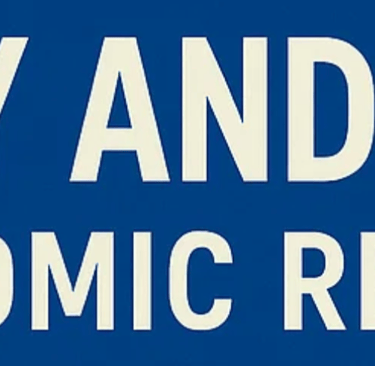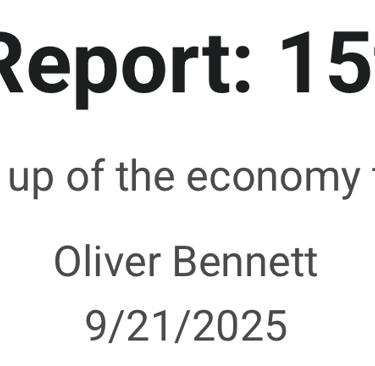

Top 3 Economic Stories this Week
Volatility in Energy Prices hits UK Firms and Consumers
Gas prices fell slightly this week, with reports suggesting a 1% decline. Meanwhile, electricity prices jumped by over 13% in the week, hitting both households and industrial energy users. The sudden hike in electricity prices has threatened already fragile disposable income and business margins in the UK. Furthermore, many have correctly observed the complication that energy volatility inflicts on the inflation picture, which could affect consumer demand. Some economists and economic commentators have argued that regulators such as OFGEM may face pressure to intervene if prices continue to rise.
Reports Show Firms Lack Liquidity
Surveys throughout the week has shown that 17% of trading firms have zero cash reserves, with an additional 35% of firms reporting that they only have enough cash to keep running for one to six months. This leaves firms (especially smaller ones) vulnerable to trouble if their bills go up or sales fall. In the uncertain economy that we see today could mean that when shocks do hit, these firms will be less able to survive during periods of weak demand. This threatens business confidence in the UK, which could forecast lower investment into physical and human capital throughout the UK in the near future.
Reports Suggest Global Disinflation
OECD have suggested that inflation in leading G20 economies will fall from the current year's 3.4% to 2.9% in 2026. With 16 of the G20 economies having services make up over 60% of their GDP, some economists have inferred that services are keeping inflationary pressures elevated, which could entail core inflation will remain sticky. Central banks have remained cautious as they can see the risks that inflation could pose, especially with the continuous rate cutting we continue to see. The trend we can see is one of disinflation, but it's important to mention that it is uneven throughout the mentioned economies.
Policy Pulse: Federal Reserve Insight
This week saw the first fed rate cut since January 2024. The Federal Open Market Committee (FOMC) lowered the federal reserves upper bound interest rate from 4.5% to 4.25%. The decision came after signs of a weakening labour market as less jobs were being created within the US. However, some have questioned the decision as inflation remains somewhat elevated at around 3.1% for the core inflation rate. The possibility of future cuts will be approached with caution, as the Fed have signalled that future actions depend heavily on incoming data, and the importance of not overlooking inflation.
Industry Spotlight: Consumer & Retail
The previously mentioned rising electricity prices and sticky inflation continue to squeeze households disposable incomes, which has left less room for non essential spending. However, Kingfisher reported better than expected UK sales, and even raised its full year profit forecast, as demand for home improvement seems to be holding strong despite consumers cutting back on optional spending. Despite the latter, ASOS issued a profit warning, suggesting that annual revenue would fall below previous forecasts as they have been hit the weak consumer demand mentioned. Trade weakness in the UK continues as ship visits to major UK ports fell by 4% this week, which could be given as increased evidence to the fall in consumer demand as disposable income has fallen throughout the UK. The next few weeks will be an interesting watch, a few interesting focuses could be that of discount focused stores gaining as households look to spend less on non essentials.


Economic Analysis. Political Analysis. Insightful Analysis.
Explore political and economic affairs with us.
© 2025. All rights reserved.


